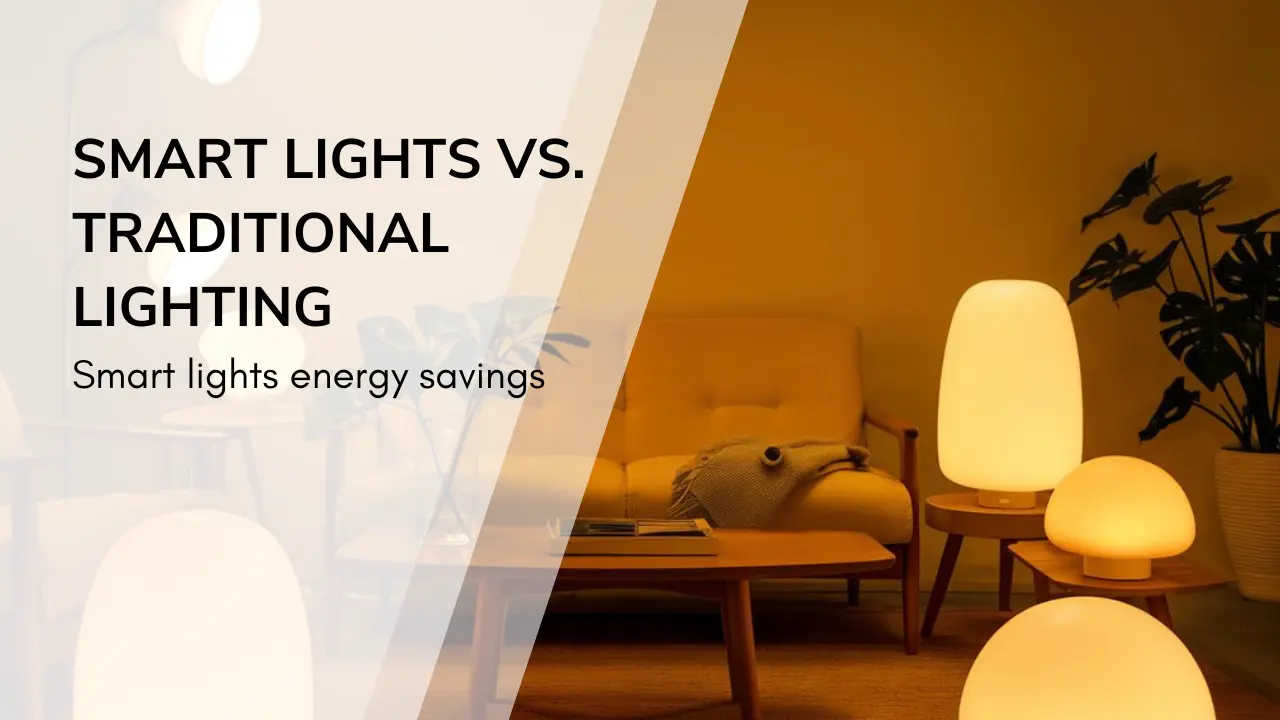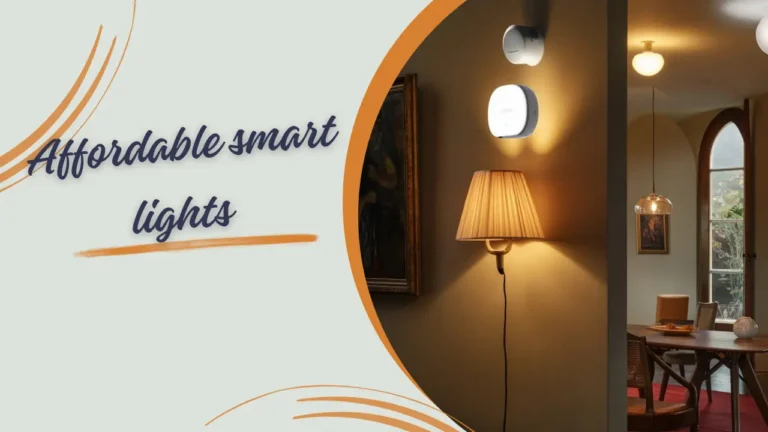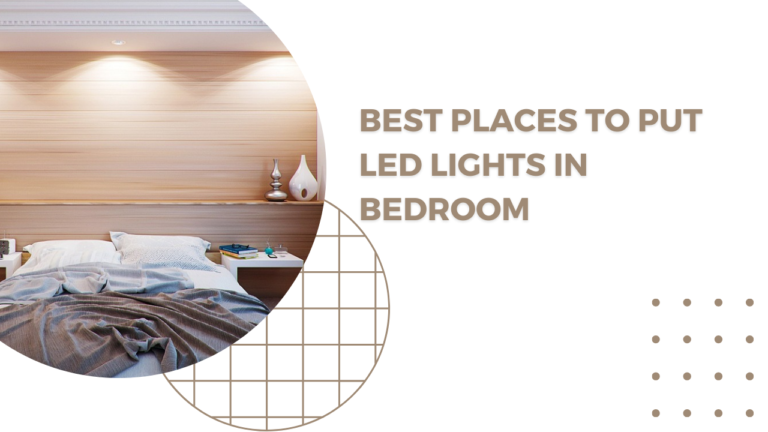Smart Lights vs. Traditional Lighting: Smart lights energy savings
In recent years, smart lights have become a popular choice for homeowners looking to enhance their living spaces while saving money. This article explores the key differences between smart lights and traditional lighting, focusing on how making the switch can lead to significant energy savings and cost reductions.
Energy Efficiency: How Smart Lights Outperform Traditional Lighting
Smart lights are renowned for their energy efficiency. Unlike traditional incandescent bulbs, which convert only a small portion of energy into light and waste the rest as heat, smart lights, such as LEDs, are designed to be more efficient.
1. LEDs vs. Incandescents
LED bulbs use about 75% less energy compared to traditional incandescent bulbs. For example, a 10-watt LED bulb can provide the same amount of light as a 60-watt incandescent bulb. This difference in energy consumption translates into lower electricity bills. According to Energy.gov, switching to LED lighting can save you up to $225 in energy costs over the lifetime of a single bulb.
2. Lifespan Comparison
The lifespan of smart lights significantly surpasses that of traditional bulbs. LED bulbs can last up to 25,000 hours, while incandescent bulbs typically last around 1,000 hours. This means fewer replacements and reduced waste. Longer-lasting bulbs also contribute to overall cost savings, as you won’t need to purchase new bulbs as frequently.
Smart Lights Energy Savings: The Role of Automation and Control
One of the standout features of smart lights is their ability to integrate with home automation systems. This functionality offers additional energy-saving benefits that traditional lighting lacks.
1. Adaptive Brightness and Scheduling
Smart lights can be programmed to adjust their brightness based on the time of day or your activity. For instance, you can set your lights to dim automatically in the evening, reducing energy consumption when full brightness is unnecessary. Scheduling options also allow you to turn lights off when not in use, further minimizing wasted energy.
2. Remote Control and Sensors
With smart lighting systems, you can control your lights remotely through apps or voice commands. This convenience ensures that lights are not left on accidentally. Many smart lighting systems also include motion sensors that automatically turn lights on or off based on movement, optimizing energy use.
Cost Analysis: Comparing Initial Investment and Long-Term Savings
When considering switching to smart lights, it’s important to evaluate both the initial investment and long-term savings. Though smart lighting systems often come with a higher upfront cost, the savings over time can be substantial.
1. Upfront Costs
Smart lights generally have a higher purchase price compared to traditional bulbs. For instance, a pack of smart LED bulbs can cost between $30 and $50, while a similar number of incandescent bulbs might cost around $10. However, the higher initial cost is offset by the long-term savings on energy and replacement costs.
2. Long-Term Financial Benefits
The true financial advantage of smart lights emerges over time. Due to their lower energy consumption and longer lifespan, smart lights reduce overall energy expenses and replacement costs. A study by The U.S. Department of Energy reveals that replacing all traditional bulbs with LEDs in a typical home can lead to savings of approximately $350 per year.
Environmental Impact: How Smart Lights Contribute to Sustainability
Switching to smart lights not only benefits your wallet but also has positive implications for the environment.
1. Reduced Carbon Footprint
Smart lights, particularly LEDs, have a lower environmental impact compared to traditional lighting. Their energy efficiency leads to reduced carbon emissions from power plants. By consuming less electricity, smart lights contribute to a decrease in greenhouse gas emissions, aligning with global sustainability goals.
2. Less Waste
The extended lifespan of smart lights means fewer bulbs end up in landfills. Traditional incandescent bulbs, with their shorter lifespan, contribute more to waste. By reducing the frequency of bulb replacements, smart lights help decrease overall waste and environmental impact.
Ease of Use: The Convenience Factor
In addition to their energy-saving benefits, smart lights offer unmatched convenience compared to traditional lighting solutions.
1. Integration with Smart Home Systems
Smart lights can be seamlessly integrated with other smart home devices, such as thermostats and security systems. This integration allows for a more cohesive and automated home environment, enhancing both comfort and security.
2. Customizable Lighting Experiences
Smart lighting systems offer extensive customization options. You can adjust color temperatures, create lighting scenes, and set mood lighting based on your preferences. This level of control is not available with traditional lighting, which often only offers basic on/off functionality.
Conclusion: The Smart Choice for Savings and Efficiency
Switching from traditional lighting to smart lights presents numerous advantages, from energy savings and environmental benefits to convenience and cost-effectiveness. Although the initial investment in smart lighting may be higher, the long-term savings on energy bills and reduced replacement costs make it a smart financial decision. Embracing smart lights not only leads to lower utility bills but also supports a more sustainable future.
By integrating smart lights into your home, you can enjoy enhanced control over your lighting environment while contributing to energy efficiency and environmental conservation. Making the switch to smart lighting is an investment in both your financial well-being and the planet’s future.







